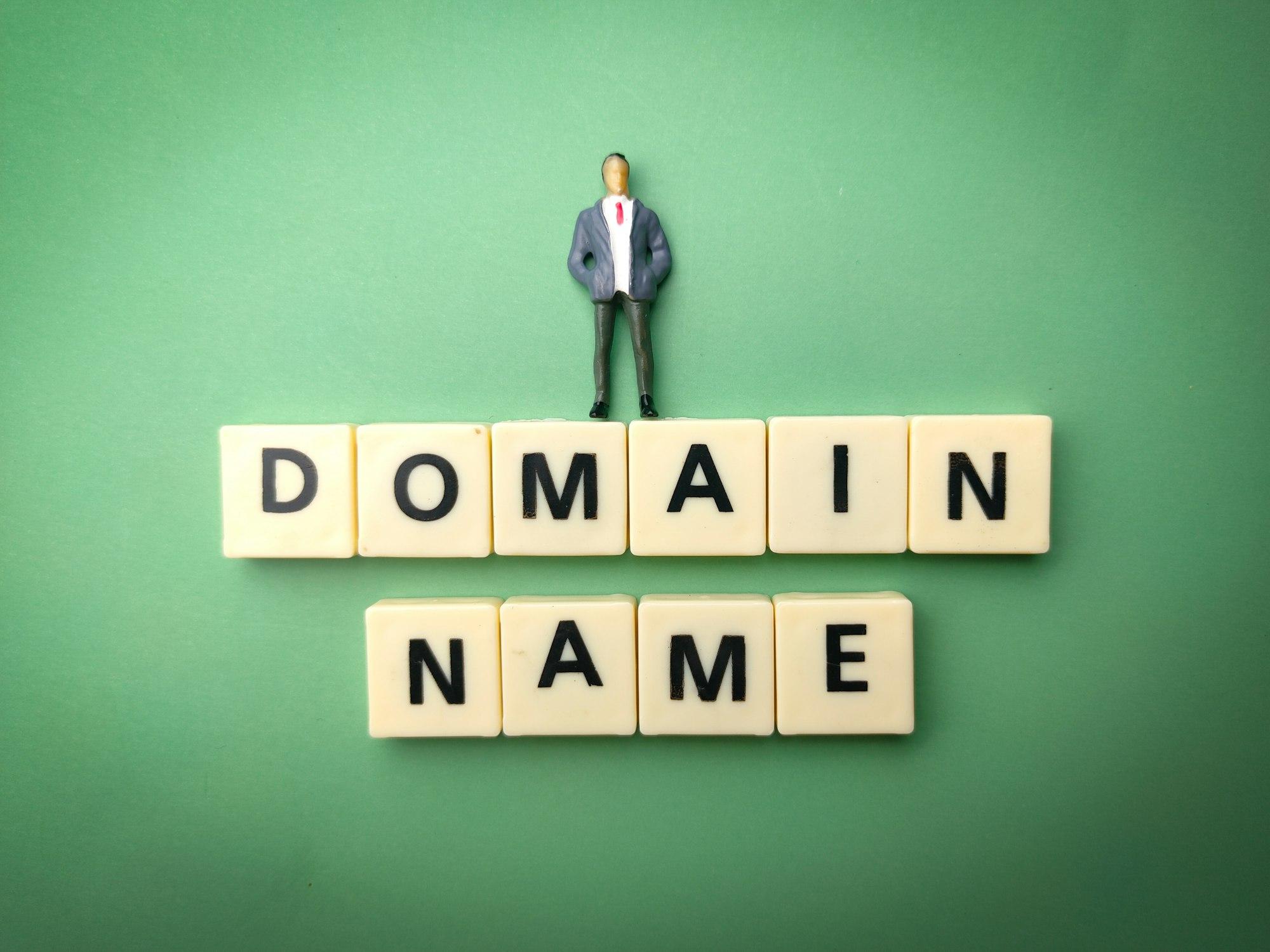
In this comprehensive guide, we will walk you through the essential steps and strategies to successfully set up an ecommerce store and tap into the limitless opportunities it offers.
So, let’s dive in and discover how you can bring your business online and create a thriving virtual storefront.
As a matter of fact, in today’s digital age, setting up an ecommerce store has become a vital step for small businesses to thrive and reach a wider customer base.
Whether you’re a budding entrepreneur or an established brick-and-mortar business, establishing a strong online presence through an ecommerce store can significantly boost your sales and expand your business horizons.
Also, by embracing the potential of the digital marketplace, you can effectively reach customers beyond geographical boundaries, transcending limitations that physical stores often encounter.
This guide will equip you with the necessary insights and actionable steps to harness the power of ecommerce and build a profitable online venture.
Understanding the Benefits of Setting up an Ecommerce Store
Before we jump into the nitty-gritty of setting up your ecommerce store, let’s take a moment to explore why it’s a worthwhile investment for your small business:
1. Expanding Your Customer Base
Expanding your customer base is one of the primary advantages of having an online store. With an ecommerce store, you can reach customers beyond geographical boundaries, tapping into a global market. This opens up a world of opportunities and potential customers interested in your products or services.
2. Set up an Ecommerce Store to Increase Sales and Revenue
An ecommerce store allows you to sell products or services 24/7, even when your physical store is closed. This means potential for increased sales and revenue as customers can make purchases at their convenience. Additionally, you can leverage various marketing and promotional strategies to attract customers and boost sales.
3. Set up an Ecommerce Store to Enhance Brand Visibility
In today’s competitive business landscape, brand visibility is crucial. A well-designed ecommerce website puts your brand in front of a larger audience, raising awareness and visibility. It allows you to showcase your products or services, communicate your brand story, and establish a strong online presence. This increased visibility can lead to greater brand recognition and customer trust.
Indeed, by understanding the benefits of setting up an ecommerce store, you can see how it can transform your small business and drive growth. It’s time to take advantage of the global market, increase sales, and enhance your brand visibility through ecommerce.
Choose the Right Ecommerce Platform Before The Set up of an Ecommerce Store
When it comes to setting up an ecommerce store, choosing the right platform is a critical decision that can impact the success of your online business.
Consider the following factors to ensure you select the most suitable ecommerce platform for your needs:
1. Ease of Use
Look for an ecommerce platform that offers an intuitive and user-friendly interface. This will make it easier for you to navigate the platform, manage your store, and make updates without the need for extensive technical knowledge or coding skills.
2. Flexibility and Customization
Generally, your ecommerce platform should provide flexibility in terms of design and customization options. Look for platforms that offer a wide range of customizable templates, color schemes, and layout options.
Moreover, this will allow you to create a unique and visually appealing online store that aligns with your brand identity.
3. Payment and Security Features
Another key point is to ensure that the ecommerce platform integrates with secure and reliable payment gateways.
Indeed, customers should have a variety of payment options at their disposal, including credit/debit cards, digital wallets, and other popular payment methods. Additionally, the platform should prioritize the security of customer data and provide robust security features to protect sensitive information.
4. Scalability
Firstly, consider the long-term growth potential of your business. Than, choose an ecommerce platform that can easily scale with your growing needs.
This means it should be capable of handling increased website traffic, large product catalogs, and additional features as your business expands. Therefore, a scalable platform will save you the hassle of switching platforms in the future.
Finally, evaluating these factors and choosing the right ecommerce platform, you’ll set a strong foundation for your online store and ensure a smooth and successful setup process.
Steps to Set up an Ecommerce Store
Once you’ve chosen your ecommerce platform, it’s time to set up your online store. Follow these steps to get started:
1. Register a Domain Name
Choose a domain name that reflects your brand and is easy for customers to remember.
Consider using your business name or a variation thereof. Register the domain with a reputable domain provider to secure your online presence.
2. Design Your Store
Customize the design of your store to create a visually appealing and user-friendly website.
Use high-quality product images, engaging visuals, and descriptive text to entice customers. Ensure that your website is mobile-responsive, providing a seamless browsing experience across different devices.
3. Add Products or Services
Create detailed product or service listings, including clear descriptions, pricing, and high-resolution images. Organize your products into categories and use relevant tags to make navigation simple for your customers.
Highlight key features and benefits to showcase the value your offerings provide.
4. Set Up Payment and Shipping Methods
Integrate secure payment gateways to accept online payments. Offer a variety of payment options to cater to customer preferences.
Set up shipping methods and calculate shipping costs based on weight, location, or other relevant factors. Clearly communicate your shipping and return policies to customers.
Also, check our detailed guide to learn more about finding the best cheap way to accept credit card payments.
5. Configure Tax Settings
Determine the appropriate tax settings for your business and configure them in your ecommerce platform.
Therefore you may need to consult with a tax professional or refer to local regulations to ensure compliance. Display accurate tax information to customers during the checkout process.
Optimizing Your Store for Search Engines
Having a well-optimized website is crucial for attracting organic traffic from search engines. Implement the following strategies to improve your store’s visibility in search results:
1. Keyword Research
Conduct thorough keyword research to identify relevant search terms that potential customers may use. Incorporate these keywords naturally into your product descriptions, page titles, headings, and meta tags.
Aim for a balance between optimizing for search engines and creating engaging, informative content for your audience.
Also, check our guide our the power of Blogging for Small Businesses to improve your search ranking and bring more traffic.
2. Compelling Product Descriptions
Write unique and persuasive product descriptions that highlight the benefits and features of your offerings.
Use storytelling techniques to engage customers and create a connection with your brand. Avoid generic descriptions and focus on what sets your products apart.
3. URL Structure and Site Navigation
Without delay, optimize your website’s URL structure to make it search engine friendly. Use descriptive URLs that include relevant keywords instead of random strings of characters.
Ensure your site navigation is intuitive and easy to follow, allowing both users and search engine bots to navigate your website seamlessly.
4. Image Optimization
Optimize your product images by using descriptive file names and adding alt tags. This helps search engines understand what the images represent and improves your chances of appearing in image search results.
Compress your images without compromising quality to improve page load times.
5. Page Speed Optimization
Page speed is a critical factor for user experience and search engine rankings. Optimize your website’s performance by minimizing code, optimizing images, leveraging browser caching, and using content delivery networks (CDNs) to deliver your content faster to users around the world.
Promoting Your Ecommerce Store
Setting up your ecommerce store is just the beginning. To drive traffic and generate sales, you need to actively promote your store. Consider the following strategies:
1. Social Media Marketing
Leverage popular social media platforms to build an online presence, engage with your audience, and drive traffic to your store. Create compelling content, run targeted ads, and collaborate with influencers to expand your reach.
Engage with your followers, respond to comments, and encourage user-generated content to foster a sense of community around your brand.
2. Email Marketing
Build an email list and send regular newsletters to keep customers informed about new products, promotions, and exclusive offers.
Personalize your emails to create a sense of connection with your subscribers. Use email automation to send personalized product recommendations based on customers’ browsing and purchase history.
3. Content Marketing
Create valuable content such as blog posts, videos, or infographics that are relevant to your target audience. Share this content on your website and through various online channels to establish yourself as an authority in your industry.
Optimize your content for search engines by incorporating relevant keywords and providing informative, engaging insights.
4. Influencer Marketing
Partner with influencers or bloggers who have a significant following in your niche. Collaborate on product reviews, sponsored content, or social media campaigns to leverage their influence and reach.
Choose influencers whose audience aligns with your target market to ensure maximum impact.
5. Customer Reviews and Testimonials
Encourage satisfied customers to leave reviews and testimonials on your website or third-party review platforms. Positive reviews build trust and credibility, influencing potential customers’ purchasing decisions.
After that, monitor and respond to reviews to show that you value customer feedback and are committed to providing excellent service.
FAQs: Answers to Common Questions About The Set up of an Ecommerce Store
1. How do I set up an ecommerce store for my small business?
To set up an ecommerce store, you need to choose an ecommerce platform, register a domain, design your store, add products, set up payment and shipping methods, and optimize for search engines. Follow our comprehensive guide for detailed steps.
2. Which ecommerce platform should I choose to set up an online store?
Indeed, the choice of ecommerce platform depends on your specific needs. Also, consider factors like ease of use, customization options, payment and security features, and scalability. Popular options include Shopify, WooCommerce, and Magento.
3. Can I sell both physical products and digital downloads through my ecommerce store?
Absolutely! Many ecommerce platforms support the sale of both physical and digital products. Therefore, you can easily set up your store to offer a diverse range of products, including physical items, digital downloads like e-books or software, and even services.
4. How can I optimize my ecommerce store for better search engine visibility?
To optimize your ecommerce store, focus on keyword research and implementation, compelling product descriptions, user-friendly URL structure, image optimization, and fast page loading speed. Also, these strategies will help search engines discover and rank your store higher in search results.
5. What are some effective marketing strategies to promote my ecommerce store?
By all means, promoting your ecommerce store requires a combination of strategies. Leverage social media marketing, email marketing, content marketing through blogs and videos, influencer partnerships, and customer reviews/testimonials. These approaches will drive traffic and increase customer engagement.
Conclusion
To sum up, if you set up an ecommerce store for your small business, you start a transformative step towards your growth and success.
Also, by choosing the right platform, designing an attractive website, optimizing for search engines, and implementing effective promotional strategies, you can create a thriving online presence.
Finally, remember to continually monitor and adapt your strategy to stay ahead in the dynamic world of ecommerce. Also, embrace the digital landscape and unlock the full potential of your small business with an ecommerce store today. But if you are just starting visit our LLC Formation Guide to understand how to establish your legal business.





























